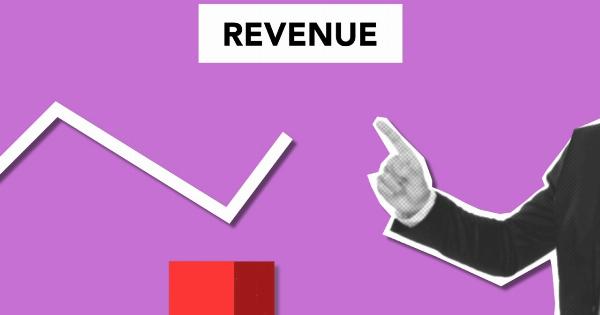Productivity is critical to the success of any business, and when it takes a hit, things can quickly go south.
But what causes productivity to slump, and how can businesses turn it around? In this article, we’ll dive into the issue and explore some possible solutions.
What causes a dip in productivity?
There are many reasons why productivity can take a hit, from external factors to internal ones. Here are some of the most common culprits:.
1. Burnout
One of the leading causes of productivity loss is burnout. Employees who are overworked, stressed, and exhausted are more likely to experience burnout, which can lead to a decrease in productivity and motivation.
Some symptoms of burnout include lack of energy, decreased engagement, and a negative attitude towards work.
2. Distractions
In today’s hyper-connected world, distractions are everywhere. Social media, emails, and other notifications can pull employees away from their work and interrupt their focus.
This is especially true for remote workers who may be working in environments that are less conducive to productivity.
3. Poor management
Poor management can also be a significant cause of productivity dips. When managers don’t give employees clear expectations, don’t offer feedback or support, or micromanage, it can lead to frustration, confusion, and disengagement.
4. Lack of training
When employees don’t have the skills or knowledge they need to do their jobs, it can lead to inefficiencies and mistakes that can lower productivity.
It’s essential for managers to provide regular and ongoing training to ensure that employees are equipped with the skills they need to succeed.
5. Technology issues
Technology is a double-edged sword. While it can make work easier and more efficient, it can also cause significant problems when it doesn’t work correctly.
Technical issues like slow internet, hardware malfunctions, or software glitches can cause significant downtime and decrease productivity.
How to overcome a dip in productivity
If you’re experiencing a dip in productivity, don’t panic. There are steps you can take to get back on track:.
1. Identify the cause
To address the problem, you first need to identify the root cause. Is it burnout, distractions, poor management? Once you know the cause, you can take steps to address it.
2. Set clear goals and expectations
One effective way to boost productivity is to set clear goals and expectations for your employees. When employees know what’s expected of them, they’re more likely to stay on track and focused.
3. Encourage breaks
Taking regular breaks can help combat burnout and increase productivity. Encourage your employees to take short breaks throughout the day to stretch, go for a walk, or grab a snack.
4. Provide training and support
Make sure your employees have the training and support they need to do their jobs effectively. Regular training sessions, one-on-one coaching, and feedback can help employees develop new skills and stay motivated.
5. Minimize distractions
To minimize distractions, you can encourage employees to turn off notifications and work in a quiet space. You can also consider implementing policy around the use of social media and other distractions during working hours.
6. Invest in technology
Investing in the right technology can help streamline workflows and increase productivity. Make sure your employees have the hardware, software, and tools they need to work efficiently and effectively.
The bottom line
Productivity dips happen, but they don’t need to be permanent. By understanding the root cause of the problem and taking steps to address it, you can get back on track and ensure your business’s continued success.































